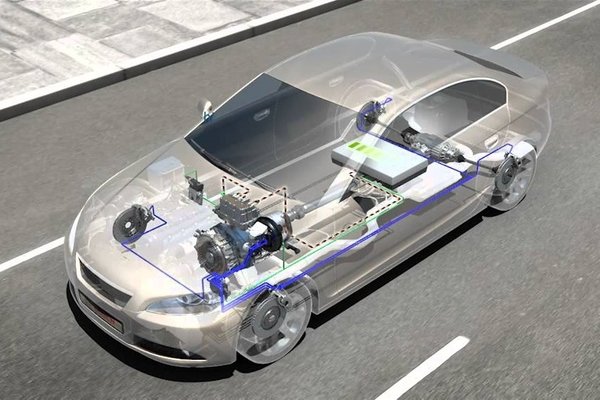
Regenerative braking technology is a game-changing innovation in the world of energy-efficient cars. This technology allows electric and hybrid cars to recover the energy that is normally lost during braking and use it to charge the car’s battery. This means that energy that was once wasted is now being put to good use, making cars more efficient and reducing their carbon footprint. In this article, we will explore the future of regenerative braking technology and its potential to revolutionize the automotive industry.
How Regenerative Braking Technology Works

Regenerative braking technology works by using the electric motor in the car to slow the vehicle down. When the driver applies the brakes, the electric motor switches from being a power source to a generator, converting the kinetic energy of the car into electrical energy. This energy is then stored in the car’s battery and can be used later to power the electric motor or other electrical components in the car.
This technology is particularly useful in stop-and-go traffic, where a lot of energy is normally wasted as heat during braking. By using regenerative braking technology, this energy can be recovered and used to power the car, making it more efficient and reducing its carbon footprint.
The Benefits of Regenerative Braking Technology
Regenerative braking technology has several benefits for electric and hybrid cars. Firstly, it increases the range of the car by allowing it to recover energy that would otherwise be lost during braking. This means that the car can travel further on a single charge, making it more practical for everyday use.
Secondly, regenerative braking technology reduces the wear and tear on the car’s brakes. By using the electric motor to slow the car down, the brake pads and rotors are subjected to less stress, which can prolong their lifespan and reduce maintenance costs.
Finally, regenerative braking technology reduces the car’s carbon footprint by making it more energy-efficient. By using energy that would normally be wasted, the car uses less energy overall, which reduces the amount of greenhouse gases that are emitted into the atmosphere.
The Future of Regenerative Braking Technology
The future of regenerative braking technology looks promising, with many car manufacturers investing heavily in research and development in this area. New advances in technology are expected to increase the efficiency of regenerative braking systems, allowing cars to recover even more energy during braking.
One area of research is the use of supercapacitors to store the energy recovered during braking. Supercapacitors have a higher power density than batteries, which means they can store and release energy more quickly, making them ideal for regenerative braking systems.
Another area of research is the use of regenerative braking technology in other modes of transportation, such as trains and buses. By using regenerative braking technology, these vehicles can recover energy that is normally lost during braking, making them more energy-efficient and reducing their carbon footprint.
Regenerative braking technology is a key innovation in the world of energy-efficient cars. By allowing cars to recover energy that would normally be lost during braking, this technology increases the efficiency of electric and hybrid cars, reduces their carbon footprint, and prolongs the lifespan of their brakes. The future of regenerative braking technology looks promising, with new advances in technology expected to make this system even more efficient and applicable to other modes of transportation.








